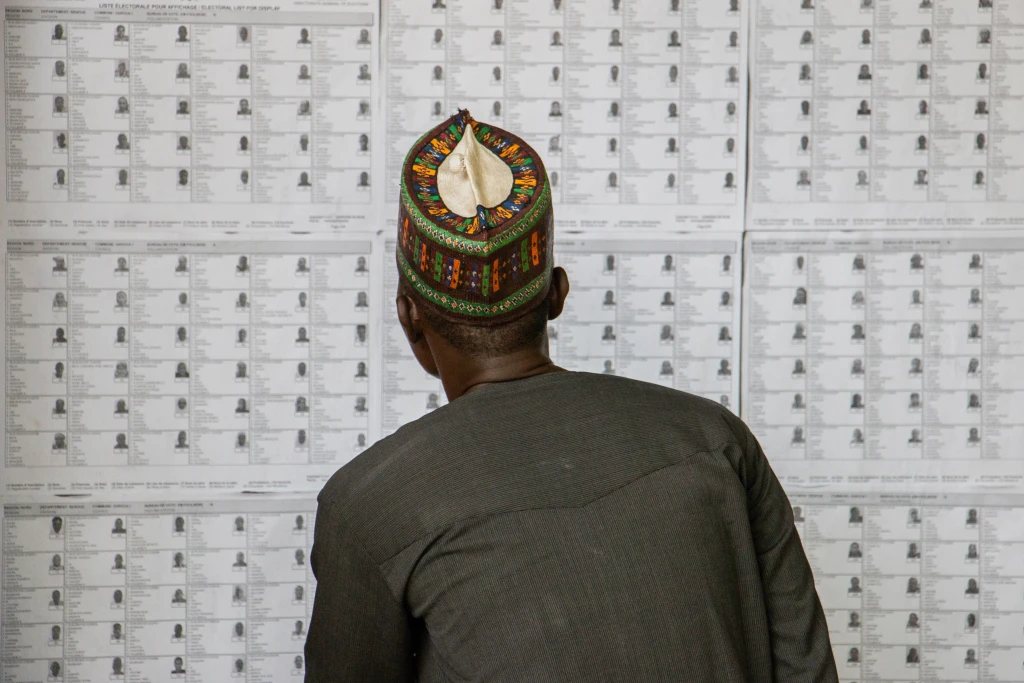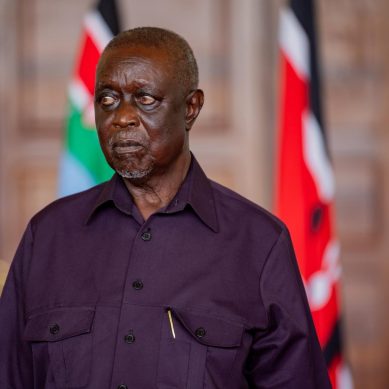
National Museum launches six-month exhibition to memorialise Kenyan freedom fighter Pio Gama Pinto 60 years after assassination
Meru National Museum has launched a six-month exhibition of freedom fighter Pio Gama Pinto, who was the first Kenyan to be assassinated in 1965, barely three after years after independence in 1963.
Pinto fell afoul of founding President Jomo Kenyatta after he was retained by Vice President Oginga Odinga to draft a federal government manifesto that had strong communist and socialist tone that had strong stance on defence of human rights and civil liberties that posed a threat to the centrist capitalist government espoused by Kenyatta.
Speaking during the launch, Senior Curator at the Museum, Wambui Mwangi, said the exhibition will enable Kenyans to know details about Pinto who was unique in many ways including fighting for freedom in Kenya despite being an Indian by origin.
“This is a unique exercise as it marks 60 years since Pinto was assassinated. The exhibition is set to create awareness to the Kenyans and to bring them on board and learn about the little-known freedom fighter,” Ms Mwangi said, adding that it is unfortunate that most people usually think of the Gema community when talk about freedom fighters arise.
She added that the exhibition will last up to August since it was needed in other sites and monuments as well as museums. Throughout the exhibition period, she said, “we are targeting more visitors to the museum which will be a great boost in terms of revenue generation.”
“I wish to welcome people not only from Meru but the entire country to the exhibition so that we can learn more about our hero, Pinto, especially his contribution to fighting for the freedom we are enjoying today,” Mwangi said.
Apart from the six months of exhibition, Mwangi, also called on Kenyans to visit Meru Museum where there is much to explore especially being the custodians of Meru history, culture and traditions.
Rajan Zaheed, the executive director of Samosa Festival, the organiser of the exhibition, said Pinto was a Kenyan ‘Shujaa’ after migrating from India and settling in the country when he started engaging himself in the struggle for freedom.
He said Pinto contributed a lot in fight for freedom by being part of the Mau movement as well as the Pan African Press Editor where he helped in publications.
“After independence, Pinto became unpopular with the political class then, and was eventually assassinated,” said Zaheed adding that his death on February 24, 1965, makes the exhibition a momentous occasion to remember.
He added, “Pinto’s legacy lives on in all the struggles including the recent Gen Z demonstrations where they were fighting for democracy peace, and justice. Kenyans will continue to remember and believe that he stood for them when it mattered.”
- A Tell / KNA report / By Dickson Mwiti







